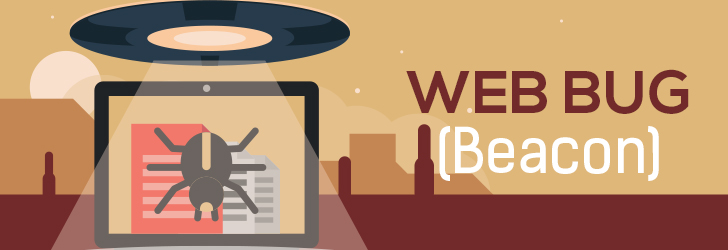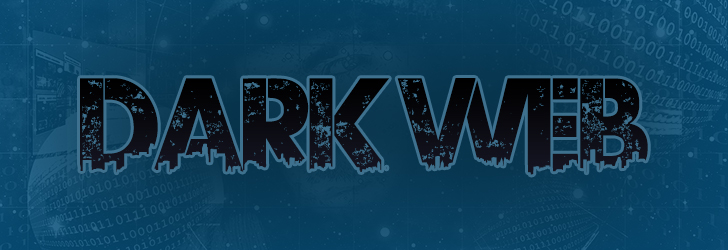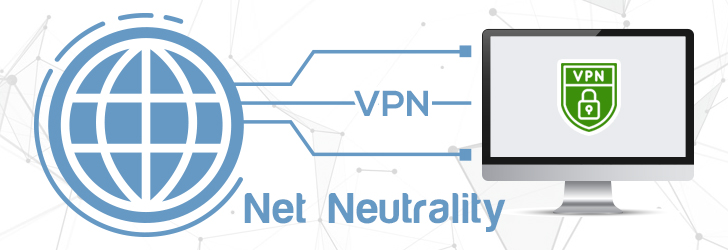
A web bug is also referred to as web beacon, pixel tag, clear GIF, invisible GIF. It is one of the techniques used in emails or web pages to check what the user has accessed. These are in most cases invisible and are used for web analytics. In most cases, web bug arrives in the form of an image and can be detected by the user only if the source code is checked. A web bug is small graphic and hence can work easily with low bandwidth or weak network connection.
[..]
Read more...










